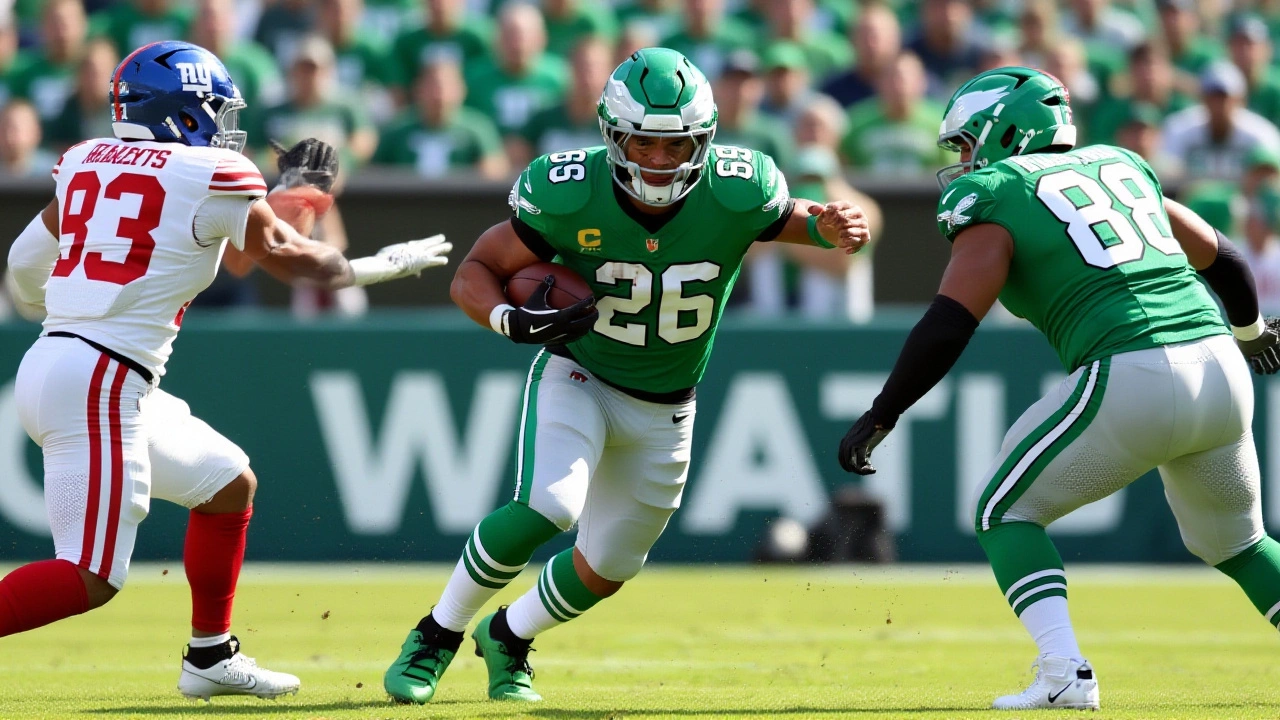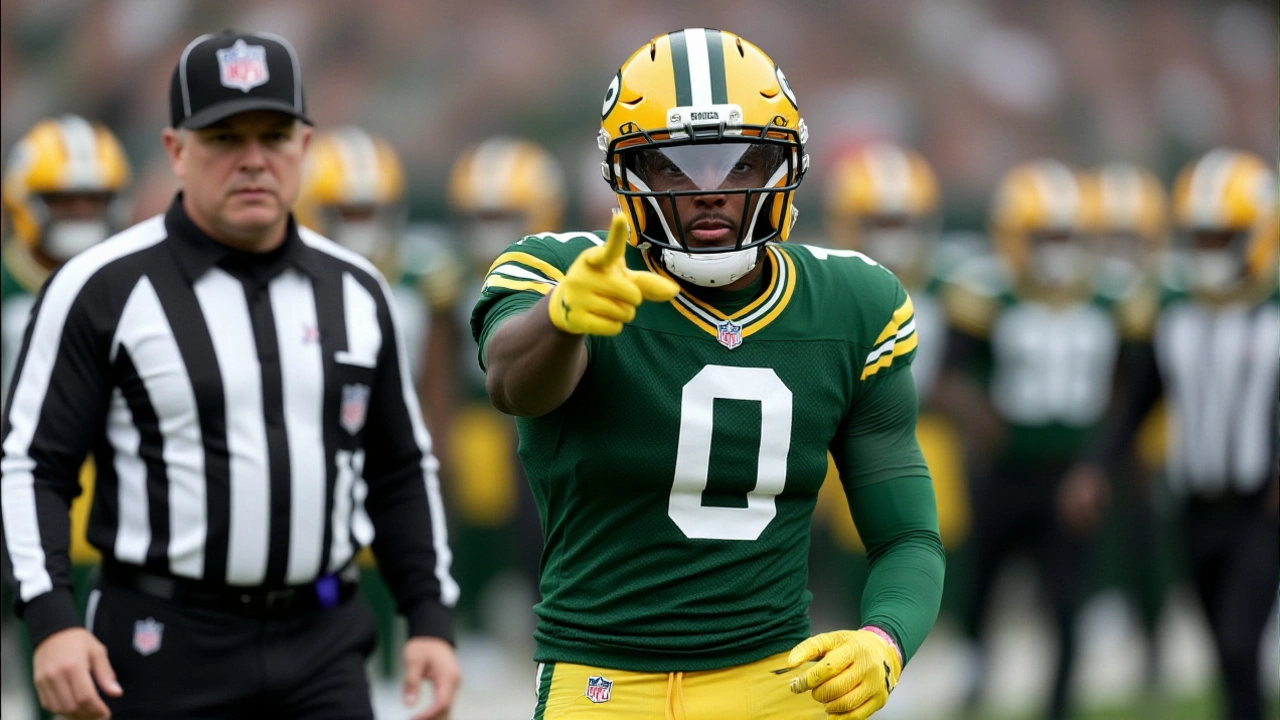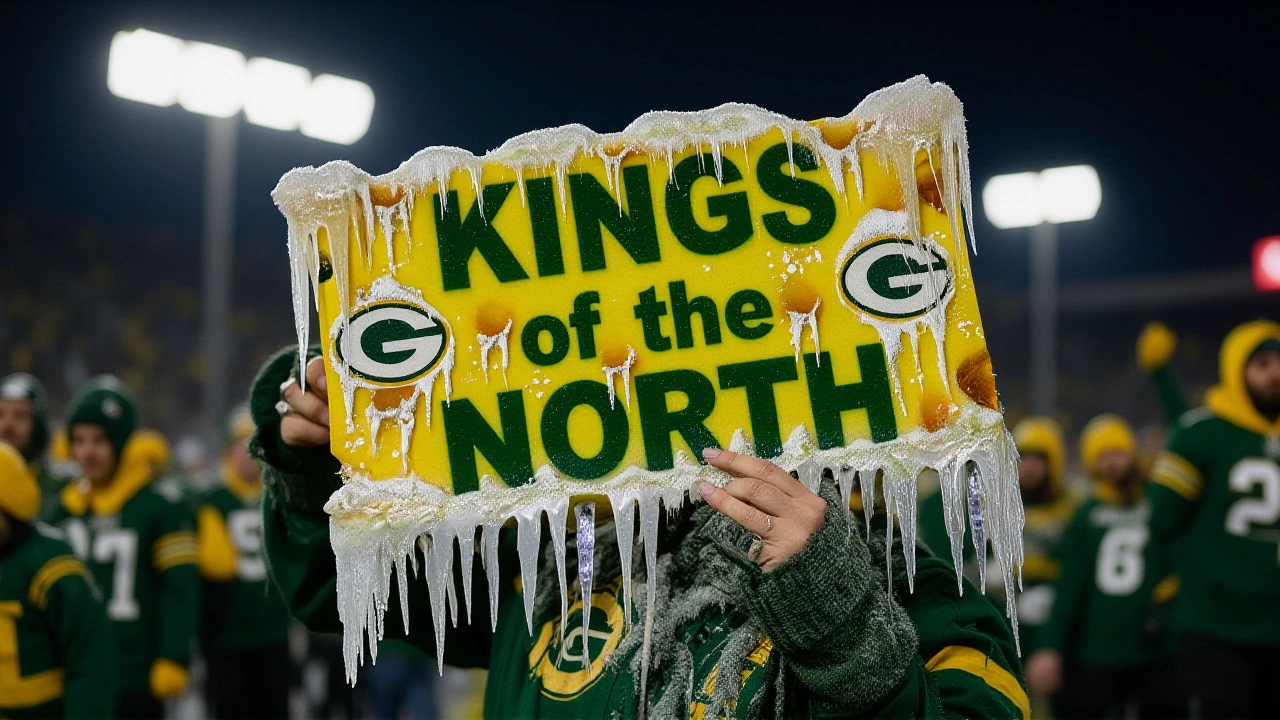At 8:05 p.m. Eastern Time on November 10, 2025, the Philadelphia Eagles took on the Green Bay Packers in a high-stakes NFC showdown — but for roughly 10 million YouTube TV subscribers, the game simply didn’t exist. No broadcast. No stream. Just a blank screen. The reason? A bitter, unresolved carriage dispute between YouTube TV and The Walt Disney Company, which owns ESPN, ESPN2, and ABC. The blackout wasn’t a technical glitch. It was a business war, and fans paid the price.
What Happened When the Game Went Dark
The dispute, which began in October 2025, centers on how much YouTube TV should pay Disney to carry its sports channels. Negotiations stalled, and by Saturday, November 8, YouTube TV sent out emails to affected subscribers: the game was gone. In compensation, they offered a $20 rebate — a gesture that felt more like a slap than a solution. "It doesn’t sound like the game will be watchable on their app," wrote Evan Macy, a staff writer for PhillyVoice, capturing the frustration of fans who had paid $72.99 a month for a service that suddenly couldn’t deliver one of the NFL’s biggest regular-season games.It was the second straight Monday Night Football game blocked from YouTube TV. That’s not a coincidence. It’s a pattern. And it’s not just about one game — it’s about whether streaming services can afford to carry the live sports content that keeps subscribers loyal. For many, this wasn’t just inconvenience. It was betrayal.
"I Was Paying for This"
Gaurav, a 20-year-old sophomore at the University of Wisconsin-Milwaukee, had planned his Monday night around the game. "I actually did not know," he told TMJ4 News. "I was planning on watching it on YouTube TV." When he opened the app at 7:45 p.m., the channel was grayed out. "Having it blacked out, even though you’re paying such great amounts of money… it’s kind of a disappointing part to not be getting the full service."His sentiment echoed across social media. Reddit threads filled with screenshots of blank screens. Twitter exploded with #YouTubeTVBlackout. Fans who had cut the cord were suddenly reminded they’d traded cable for a new kind of vulnerability — one where a corporate disagreement could erase their access to live events they’d paid for.
How Fans Found a Way to Watch
With no official fix, viewers scrambled. TMJ4 News documented several workarounds: some dug out old over-the-air antennas to catch ABC’s free broadcast. Others drove to bars with cable. A few called friends with Comcast subscriptions — "maybe it’s a good time for a hang out," as Evan Macy dryly suggested.For those willing to pay more, ESPN+ offered a standalone subscription at $29.99/month — or bundled with Hulu and Disney+ for the same price. But here’s the catch: no free trials. No way to test it before committing. For fans who didn’t already have a Disney+ account, this meant another monthly bill just to watch one game.
And then there was Thomas Mott. The independent content creator, known on YouTube as @thomasmottshow, went live with his own play-by-play commentary, complete with highlights and reactions. It wasn’t official. It wasn’t legal. But it was real. And it had over 120,000 viewers by halftime.

Why This Dispute Matters Beyond One Game
This isn’t just about football. It’s about the future of live TV. Disney earns billions from sports rights — ESPN alone paid over $4.5 billion annually for NFL content. Meanwhile, YouTube TV, owned by Google, is trying to compete with cable bundles by offering cheaper, flexible packages. But when the big media companies demand higher fees, streaming services are forced to choose: raise prices and lose subscribers, or drop channels and risk backlash.It’s a lose-lose. And fans are caught in the middle. This blackout affected millions across the U.S., from Philadelphia to Green Bay to Milwaukee. It wasn’t just a technical issue — it was a power play. And it’s not over. With the NFL season still weeks from its climax, and more high-profile games on ABC and ESPN, this could become a recurring nightmare.
What Comes Next?
Neither side has signaled a willingness to back down. Disney CEO Bob Iger has publicly defended the company’s pricing, calling sports content "core to our value." Meanwhile, Google CEO Sundar Pichai has remained silent, letting YouTube TV handle the fallout.Industry analysts warn: if the dispute drags into December, more blackouts are inevitable. The next one could be the NFC Championship — or even the Super Bowl. And if that happens, the damage won’t just be to subscriptions. It could be to trust.

Behind the Scenes: The Game Itself
Even as fans fought to watch, the game unfolded. The Philadelphia Eagles, coming off their bye week, were without starting center Cam Jurgens and late scratch cornerback Jarie Alexander, who faced his former team. The Green Bay Packers, led by QB Jordan Love, were missing wide receiver Matthew Golden. The final score? 27–20, Eagles. A gritty win — but for millions, it might as well have been played in a vacuum.Frequently Asked Questions
Why was the Eagles-Packers game blocked on YouTube TV?
The game was blocked because YouTube TV and Disney couldn’t agree on new carriage fees for ESPN, ESPN2, and ABC. The dispute began in October 2025 and escalated as negotiations stalled. Disney controls the broadcast rights to Monday Night Football, and without a deal, YouTube TV was legally barred from carrying those channels — even for a single game.
How many people were affected by the blackout?
Approximately 10 million YouTube TV subscribers nationwide lost access to the game. That’s nearly a third of the service’s total user base. The blackout was one of the largest single-event disruptions in streaming history, surpassing even the 2023 Disney-Fox carriage dispute that affected 7 million users.
Is the $20 rebate enough compensation?
For many subscribers, no. At $72.99 per month, the $20 rebate covers less than three days of service. Critics argue it’s a PR move designed to deflect outrage rather than fix the underlying issue. Some legal experts suggest the rebate may not even satisfy state consumer protection laws in places like California and New York, where service disruptions can trigger class-action claims.
Can I watch future Monday Night Football games on YouTube TV?
Not until Disney and YouTube TV reach a new agreement. With NFL games scheduled on ABC and ESPN through Week 18, including potential playoff implications, this dispute could drag into January. If no deal is struck by mid-December, fans should expect more blackouts — possibly including the NFC Championship.
What are the best legal alternatives to YouTube TV for NFL games?
The most reliable options are: using an over-the-air antenna for ABC broadcasts (free), subscribing to ESPN+ ($29.99/month), or bundling Disney+, Hulu, and ESPN+ together for the same price. Some cable providers like Comcast still carry ABC and ESPN in their base packages. But remember — none offer free trials, and prices are rising. The era of cheap, all-in-one streaming is fading.
Is this dispute likely to spread to other streaming services?
Absolutely. Hulu Live, FuboTV, and DirecTV Stream all carry Disney channels. If YouTube TV can’t reach a deal, it’s a warning shot to the entire live TV streaming industry. Other providers may face similar demands from Disney or other media giants like Warner Bros. Discovery. The power is shifting — and subscribers are the ones footing the bill.
